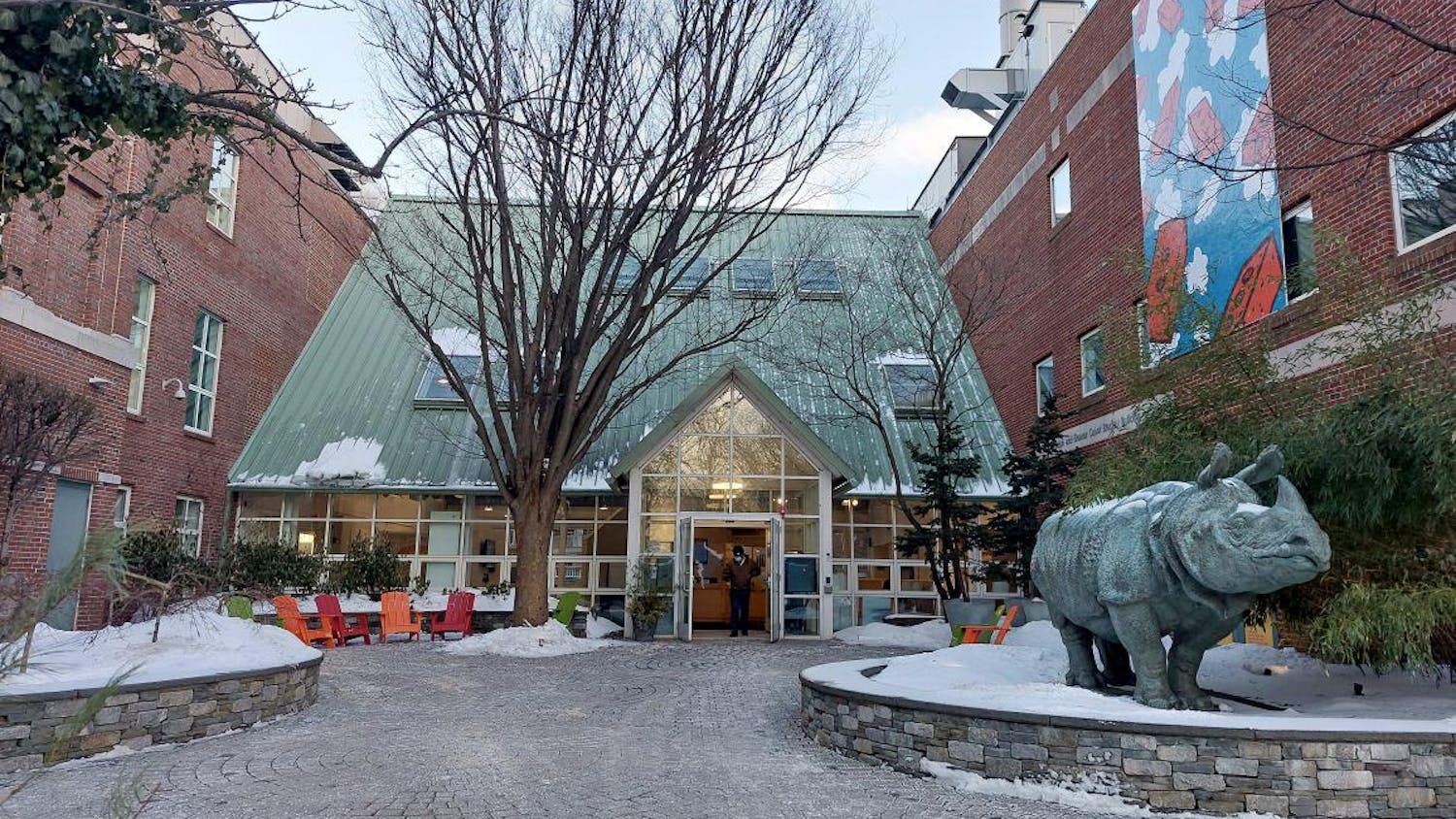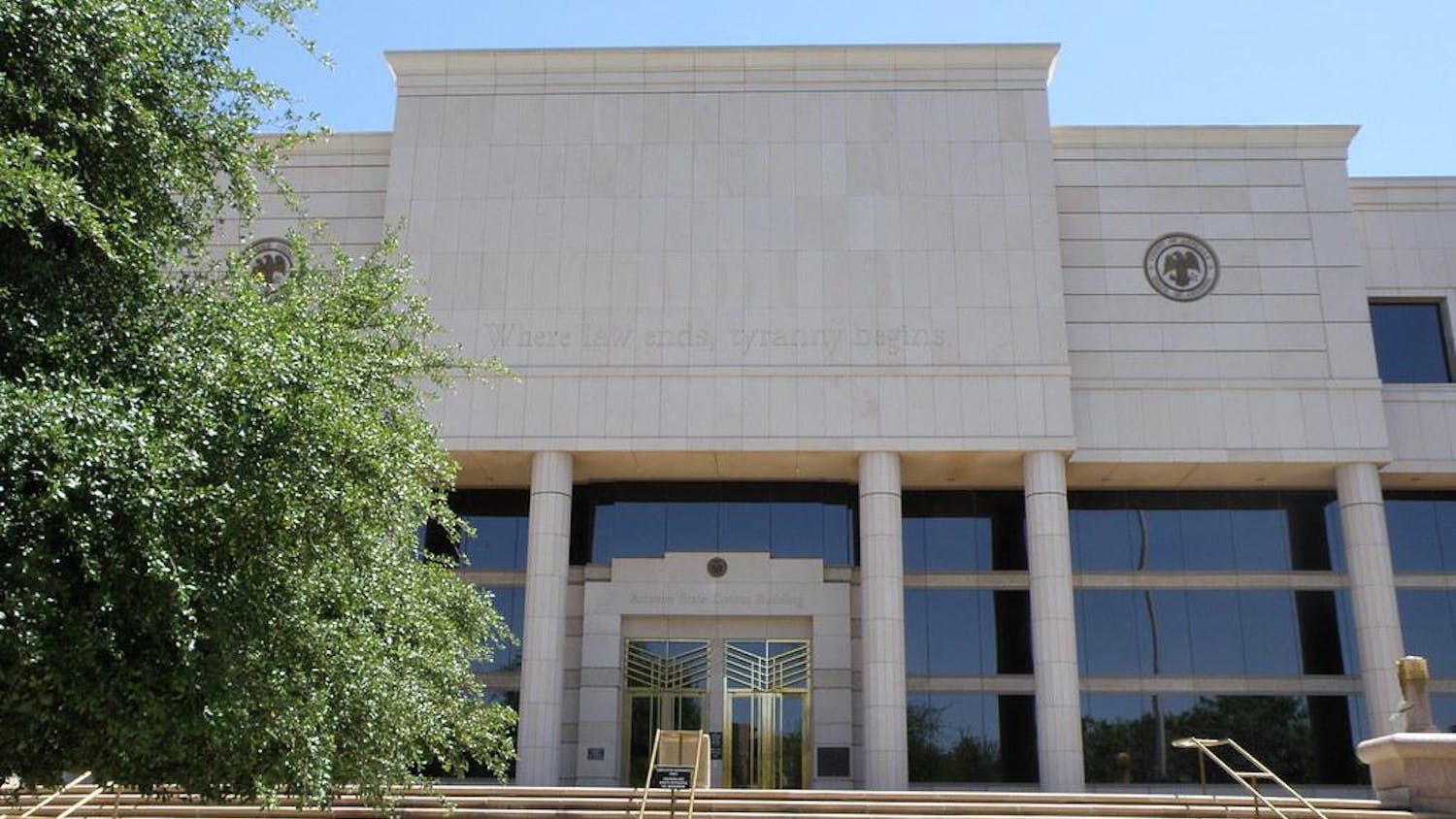Content warning: This article discusses sexual violence.
I am frustrated, disgusted and scared. Nothing seems to change. Women are harassed, exploited, injured and killed, and yet even this reality is a point of contention and dispute. The victims of violence are scrutinized and questioned, and again and again we emphasize what women must do to protect themselves rather than redirecting our focus toward the perpetrators of this violence.
On March 3, Sarah Everard was abducted and murdered as she walked home to her apartment in London.In the hopes of ensuring her safety, Everard intentionally chose a well-lit, busy street and spoke on the phone with her boyfriend as she walked.
Various articles have highlighted Everard’s caution and preplanning, stating how unfathomable it was that she had done everything right and yet, somehow, this still happened. I understand the frustration. These are the same directions that were ingrained in me as a child and that I continue to follow as a young adult, the only difference being that I now know that doing all the “right” things will never really ensure my safety.
A recent study conducted by UN Women UK found that, among women in the United Kingdom between the ages of 18 and 24, 86% had experienced some form of sexual harassment in a public space. Within the United States, the found that women aged 18 to 24 who are college students are three times more likely than women in general to experience sexual violence. According to the Rape, Abuse & Incest National Network, transgender, genderqueer and gender-nonconforming students are also at a higher risk for sexual violence.
Everard’s murder has resonated with countless women and LGBTQ individuals across the world — a reminder of how deeply rooted gender-based violence is in our society. What happened to Everard amounts to many women’s worst nightmares, and responses from those in positions of authority underscore the pervasive culture of victim-blaming.
On March 24, the Minnesota Supreme Court overturned the conviction of Francios Momolu Khalil, who was accused of sexually assaulting a woman in 2017.The court ruled that Khalil could not be found guilty of felony rape because the woman was voluntarily intoxicated beforehand, which does not fall under the state’s definition of "mentally incapacitated." This decision points to the way in which the law, as it stands, contributes to this culture that casts blame on survivors and victims of sexual assault rather than holding perpetrators accountable.
Many have turned to social media in the wake of this event, generating a space for solidarity and reflection. Countless individuals shared their own stories of street harassment and violence, with the hashtag #notallmenbutallwomen emerging in an effort to emphasize just how many women have been affected by sexual assault and harassment.
While negative posts aiming to detract from these experiences or shift blame toward the victims have circulated, many have shared productive posts that highlight ways men can help women feel safer.Some suggestions included maintaining distance when walking by a woman at night, staying mindful of boundaries and speaking up when male friends make derogatory comments or engage in inappropriate behavior.
And just as it is so important that men engage in these kinds of conversations and reflect on the ways in which their actions may perpetuate a harmful and discriminatory culture, it is also important to recognize how Everard’s murder has produced outrage in a way that other instances of gender-based violence — especially those targeting women of color — have not.
Black women are disproportionately affected by sexual violence. One in four Black girls will be sexually abused before the age of 18, and one in five Black women are survivors of rape. Within the Native American community, more than four in five women have experienced violence, and more than one in two have experienced sexual violence.In the Latinx community, 34.4% of women have reported being a victim of an intimate partner’s sexual or physical violence or stalking.
Among Asian women in the U.S., between 9% and 20% are estimated to have experienced intimate physical and/or sexual violence within their lifetime, a crucial statistic to examine in the wake of the March 16 Atlanta-area murders of eight individuals, six of whom were Asian women. Underlying this racially charged hate crime is a history of hypersexualization and fetishization of Asian women, one that is seldom addressed in public discourse.
Within the transgender and gender non-conforming community, one in two individuals are sexually abused or assaulted at one point in their lives. The Human Rights Campaign found that 2020 was the deadliest year on record in terms of violence against transgender and gender non-comforming individuals, with at least 37 transgender and gender non-conforming people killed. Of those 37 victims, 22 were Black and seven were Latinx.
The global response that has erupted following Everard’s death exposes the horrific reality of the manifold dangers that women and LGBTQ individuals face. We can mourn her death while recognizing that our coverage of the violence inflicted on women has tended to center around white, cisgender demographics rather than communities that face the greatest amount of violence.
Jasmine Hassan deserves justice. Mhelody Bruno deserves justice. Sia Marie Xiong deserves justice. Our outrage toward violence against women must be intersectional and cognizant of the interactions between race, ethnicity and gender identities.
What measures will Tufts take to protect its students and staff from gender-based discrimination and violence? The blue-light telephones and SafeRide service are useful and important resources, but they are tools that place the onus on those in danger.
Tufts must actively foster a culture on campus that emphasizes prevention and focuses on counteracting the behaviors of those who inflict harm. More spaces must be created that allow students to process their traumas.
Tufts must also do more to educate its community on the subject of violence against women and the LGBTQ community. With the worldwide increase in levels of violence against women during the COVID-19 pandemic, it is necessary that institutions like Tufts provide vital support services, initiate conversations and pursue concrete action. Our lives depend on it.






